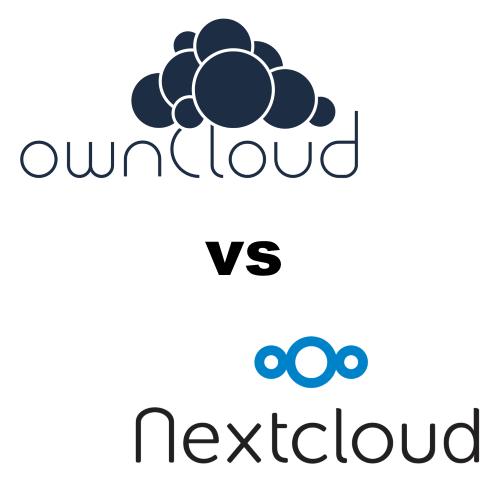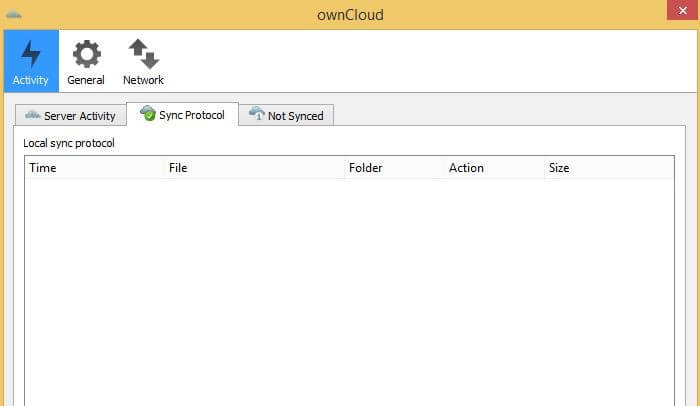
One interesting angle of the S3 approach: In recent years, S3- compatible cloud storage platforms have emerged as viable alternatives to Amazon Web Services, and their costs are such that it’s actually somewhat reasonable to Dropbox or Google Drive … if it works.

One concern I have is, well, if I’m self-hosting, do I try do so locally, knowing the not-unrealistic odds of a power outage knocking my stuff offline, or do I take my chances with a low-cost cloud platform like Vultr or DigitalOcean? And do I host the files locally, on a VPS server, or rely on object storage from a cloud file hosting platform, like Amazon’s S3?

Some other things that I considered important for me included the ability to use integrations to help automate processes like file upload, something I traditionally have used Zapier for.Īdditionally, there was the debate about where to host this thing. But I could invite someone to a locally hosted cloud if I so wanted. Now, I’ll be realistic here-telling other writers to come edit documents with me on cloud storage seems like a bit of a tough sale, so I fully admit that I’m going to stick with Google for things like email and document editing-style things where I need to share with a friend. And honestly, there’s the trust factor to it-you have to be willing to put Google and Dropbox in a position of trust, and in the case of Dropbox, at least, I felt like the company had lost my trust. Being a Google or Dropbox user is not the most expensive thing in the world, but you end up giving someone your money that you don’t necessarily have to. I want to be able to efficiently access my stuff on all of these machines. I also have a number of other machines that I use less often, including a decade-old Xeon workstation I use primarily as a home server and that I generally remote into in a headless format, a couple of tablets, and a 2017 HP Spectre x360 that I use primarily as a Linux machine these days (though the Hackintosh flame still burns).
#Nextcloud vs owncloud pro#
On an average day, I move primarily between three different machines for different tasks: my primary machine, a MacBook Air a 2019 MacBook Pro work machine that I try to limit my personal cloud use on (making a web interface desirable) and a 2012 MacBook Pro that has a matte screen that I like for more focused writing.

I have years of articles, all written in Markdown, and I would like to be able to edit them on my phone, if a random inspiration strikes me. Make it easy to access and edit my writing anywhere.Plus, you have to decide whether you’re going to run your cloud server on a local machine, or on existing cloud infrastructure. When taking on a project as complicated as running your own version of Dropbox, you need to have an understanding of both what’s out there from a technical standpoint, how your own equipment can help you meet your goals, and what you might give up in the process. ( Pawel Nolbert/Unsplash) The key thing about rolling up your own cloud service is that you need to understand what your ultimate goals are


 0 kommentar(er)
0 kommentar(er)
